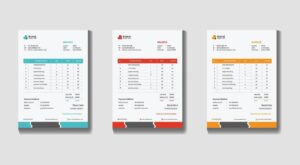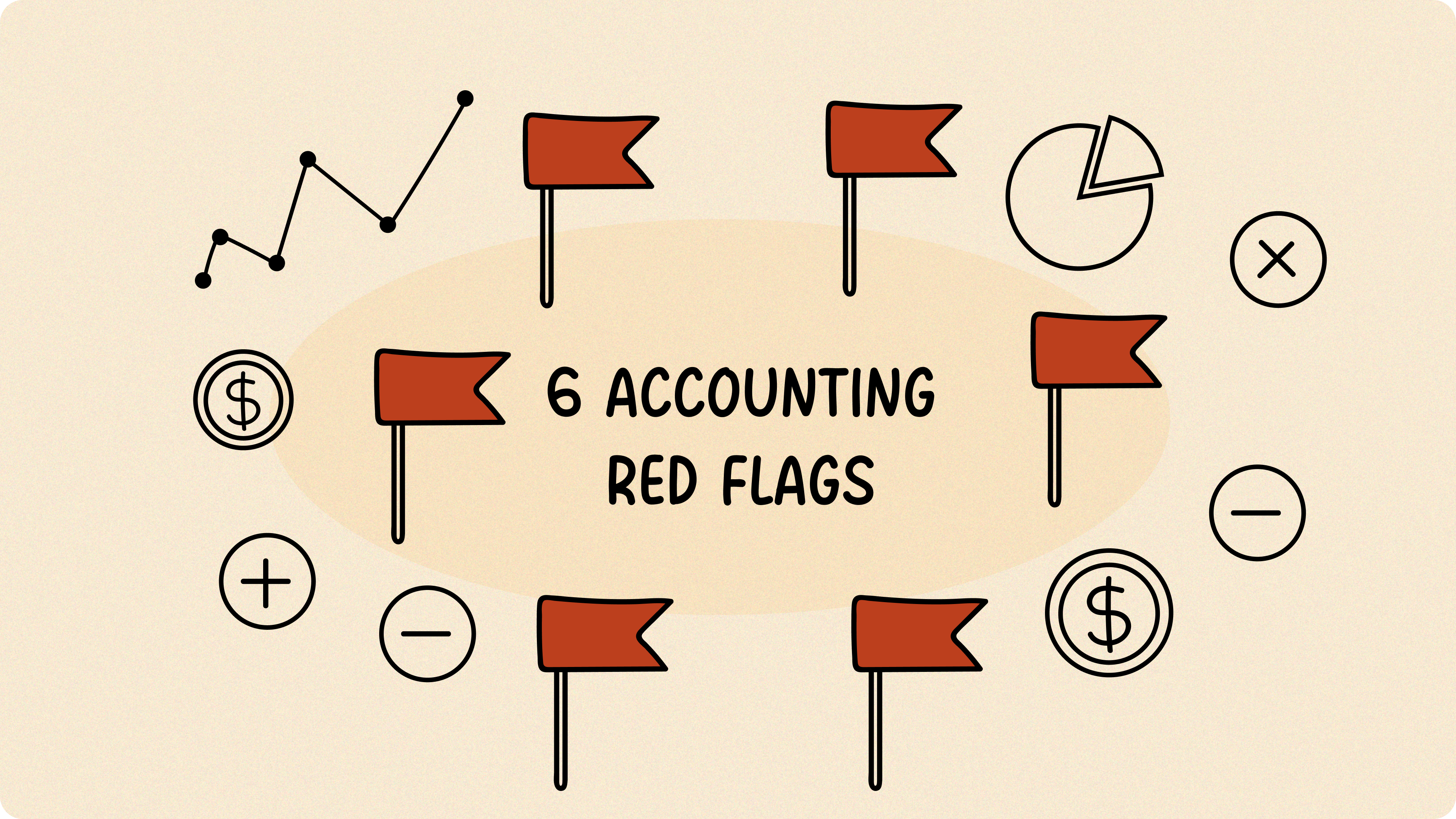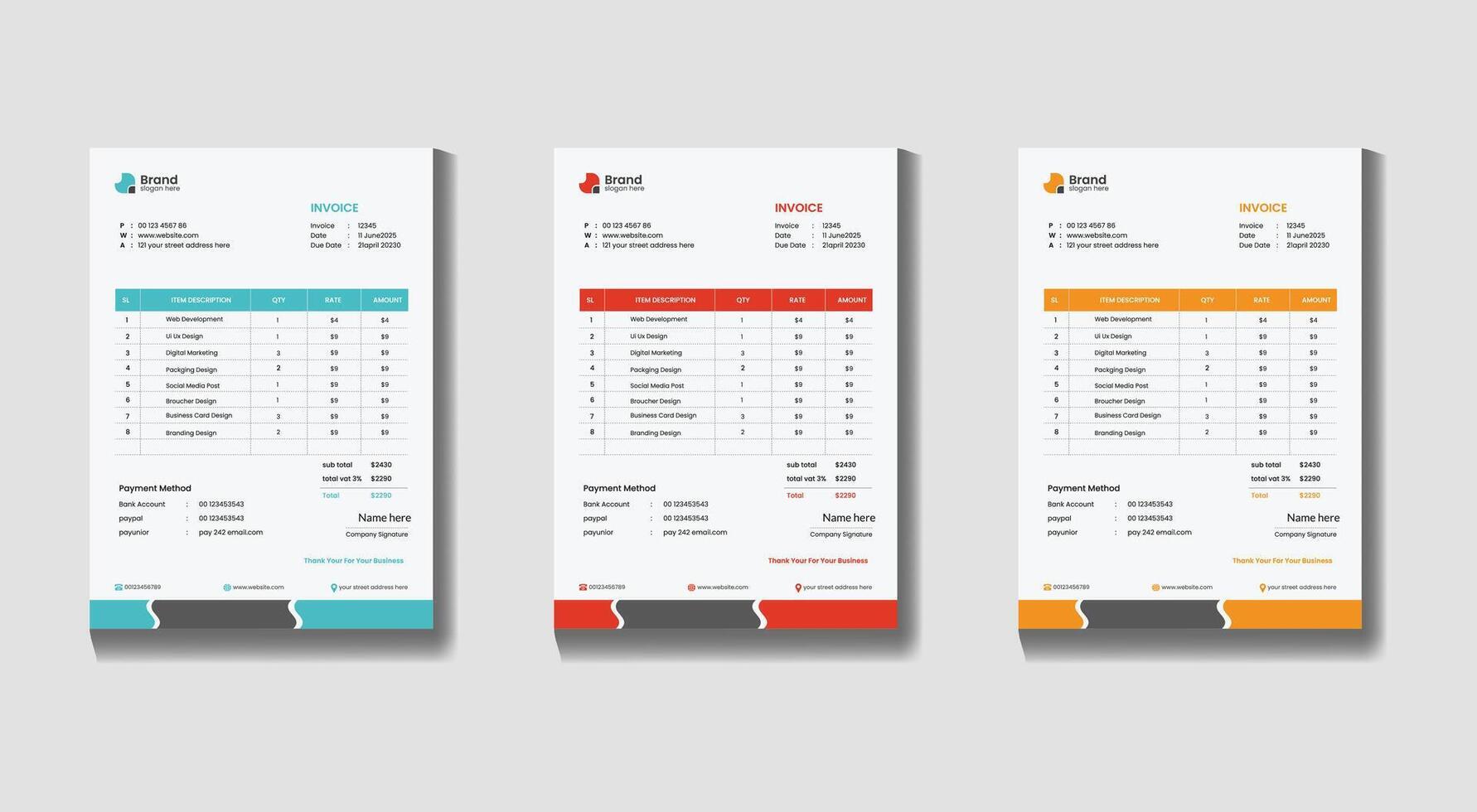As a small business owner, you’re likely juggling a million things. While your passion lies in your product or service, the health of your business hinges on its financial well-being. Neglecting your accounting is like ignoring a persistent cough—it might seem harmless at first, but left unchecked, it can signal something much more serious. Recognizing early warning signs in your financial records is crucial for nipping potential crises in the bud, before they threaten your livelihood.
Think of your accounting as the vital signs of your business. Just as a doctor monitors blood pressure and heart rate, you need to keep a close eye on key financial indicators. Missing these red flags can lead to cash flow crunches, tax penalties, and even business failure. According to Business Insider, 82% of small business failures are due to poor cash management. Understanding and addressing accounting red flags early can significantly improve your chances of survival and success.
This blog post will highlight 6 critical accounting red flags that every small business owner should be aware of. By understanding these warning signs, you can take proactive steps to address potential issues before they become irreversible. Let’s get financially savvy and safeguard your business’s future.
Table of Contents
6 Accounting Red Flags to Watch For
🚩1. Inconsistent Cash Flow
Cash flow is the money coming into and going out of your business. Inflows are cash you receive, like payments from customers or loans. Outflows are what you spend, like rent, supplier bills, or employee wages. Your cash flow should be steady, with predictable patterns. Big ups and downs without obvious reasons, like holiday sales spikes, are a warning sign. Check your bank statements or cash flow reports every month to spot unusual changes. For example, if your inflows drop suddenly or outflows spike, it could mean trouble.
Why It Matters: Uneven cash flow can leave you unable to pay bills, suppliers, or staff, putting your business at risk. It might point to slow sales, late customer payments, or overspending.
How to Address It: Use small business accounting software like QuickBooks or Xero to track cash flow daily. Set strict payment terms, like requiring invoices to be paid in 15 days, and chase late payers. Keep a cash reserve—think of it as a savings account—to cover unexpected dips.
🚩 2. Delayed or Inaccurate Financial Reports
Financial reports, like your profit and loss statement (which shows your income and expenses) or balance sheet (a snapshot of what you own and owe), should be ready on time and correct. If monthly or quarterly reports are always late or have mistakes—like numbers that don’t match your bank account—it’s a sign of messy accounting. Compare reports to your bank statements to catch errors, such as expenses listed twice or missing sales. If you’re waiting weeks for reports, something’s off.
Why It Matters: Late or wrong reports make it hard to make smart business decisions. They can hide problems, like unpaid bills or incorrect revenue, and could cause trouble during tax audits.
How to Address It: Automate bookkeeping with tools like FreshBooks or Zoho Books to create reports instantly. Check reports monthly to spot mistakes early. If delays or errors keep happening, hire an accountant to organize your records.
🚩 3. Over-Reliance on a Few Clients
Depending on just one or two clients for most of your income is like putting all your eggs in one basket. Add up how much each client contributes to your revenue. If one or two make up more than 20–30%—say, half your income comes from one big contract—you’re at risk. Look at their payment history or contracts for warning signs, like late payments or fewer orders, which could mean they’re struggling.
Why It Matters: If a major client stops paying, cuts back, or leaves, your income could dry up, threatening your business. Acquira notes that over-reliance on a few clients comes with significant risks.
How to Address It: Spread your income by finding new clients through marketing or offering new services. Use time-saving accounting tools like Invoice Ninja to monitor who pays on time and focus on reliable clients. Build ties with smaller clients to balance your revenue.
🚩 4. Slow Accounts Receivable Turnover
Accounts receivable turnover shows how quickly clients pay your invoices. Slow payments mean your cash is stuck, like waiting for a friend to repay a loan. To check this, look at your invoices and see how long it takes clients to pay—30–45 days is normal, but longer is a problem. You can also use an aging report, a list showing who’s late on payments, to spot overdue accounts. If payments are consistently slow, it’s a red flag.
Why It Matters: Slow payments strain your cash flow, making it hard to pay suppliers or cover expenses. It could mean your credit terms are too loose or you’re working with unreliable clients.
How to Address It: Set clear payment rules, like asking for deposits or 15-day payment deadlines. Use small business accounting software like Zoho Invoice to send automatic payment reminders. Offer small discounts, like 2% off for paying early, to encourage faster payments.
🚩 5. Excessive or Mismatched Inventory
Inventory is the products you hold to sell, like clothes in a boutique or parts in a repair shop. Having too much ties up your money, while too little means missed sales. Mismatched inventory—when your records don’t match what’s on your shelves—is a sign of poor tracking. Check your inventory monthly by counting stock and comparing it to your records. You can also calculate inventory turnover (how fast you sell stock) by dividing the cost of goods sold by your average inventory. Slow turnover or frequent mismatches are problems. NerdWallet suggests allocating 17–25% of your budget to inventory, depending on your industry.
Why It Matters: Too much inventory raises storage costs and risks unsold products going bad, while too little frustrates customers. Wrong records can mess up your taxes or loan applications.
How to Address It: Use inventory tools like NetSuite or QuickBooks to track stock in real time. Try just-in-time inventory, ordering only what you need, to avoid excess. Audit your stock monthly to ensure records match reality.
🚩 6. Unreported or Contingent Liabilities
Liabilities are debts you owe, like unpaid bills or loans. Unreported liabilities (e.g., bills you forgot to record) or contingent liabilities (potential debts, like a lawsuit or warranty claims) can hide the true state of your finances. Check your expense records for missing payments and ask about legal issues, like customer complaints that could lead to lawsuits. If your bad debt reserves—money set aside for clients who might not pay—are too low compared to similar businesses, it’s a warning sign.
Why It Matters: Hidden debts can lead to sudden bills you can’t pay, hurting your cash flow or your ability to borrow. They can also cause problems if tax authorities notice unrecorded expenses or debts during an audit.
How to Address It: Keep clear records with small business accounting software like Sage Intacct. Meet with an accountant regularly to spot potential debts. Save extra funds for surprises, like legal fees or refunds.
TL;DR: Summary of Accounting Red Flags
The following table summarizes the six accounting red flags, their risks, and solutions to strengthen your financial management for small business.
| Red Flag | Key Risk | Solution |
| Inconsistent Cash Flow | Inability to cover expenses | Use accounting software, enforce payment terms |
| Delayed/Inaccurate Reports | Poor decision-making, audit risks | Automate reports, consult professionals |
| Over-Reliance on Few Clients | Revenue loss if clients leave | Diversify client base, track payments |
| Slow Accounts Receivable Turnover | Cash flow strain | Tighten credit policies, automate reminders |
| Excessive/Mismatched Inventory | Tied-up capital, sales disruptions | Use inventory tools, conduct audits |
| Unreported/Contingent Liabilities | Unexpected costs, audit triggers | Maintain transparent records, reserve funds |
What’s Next
Spotting these accounting red flags early can save your small business from financial pitfalls. By addressing issues like inconsistent cash flow or delayed reports, you’ll build a stronger foundation for growth. Financial management for small business doesn’t have to be overwhelming, time-saving accounting tools can simplify the process, giving you clarity and control.
Ready to take charge of your finances? Our small business accounting solutions offer real-time insights, automated workflows, and seamless integrations to keep red flags at bay. Schedule a call with our team to learn how we can help you stay ahead.
For more financial management tips, check out our blogs:







